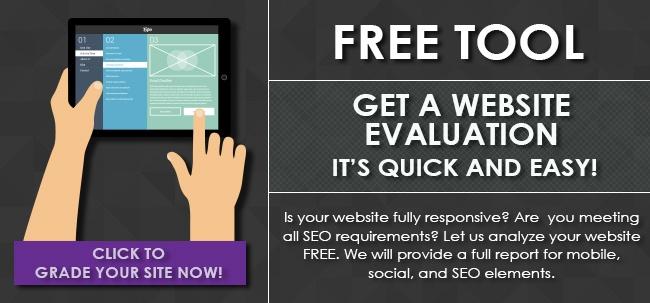Optimizing Your Blog Content for SEO

Search Engine Optimization, or SEO, is very important especially for digital marketers. When you optimize your web pages, including your blogs, you will be exposing your website more to people. These are the people who are actively looking for different things on the internet by using keywords that are associated with your brand, service, or product and using search engines like Yahoo and Google. But when it comes to algorithm updates, it can be pretty tricky. Google always updates its algorithms from time to time and that is why optimization is the key to really making your website more visible. Read some tips on optimizing your blog content for SEO
Getting Started
Optimizing your blog posts using keywords is not all about inserting as many keywords as possible. The end result will be that search engines will think that you are 'keyword stuffing'. If you getting a lot of traffic, it might negatively impact your website. A good rule of thumb to follow is that you utilize just one or two keywords per blog post which can help you be more focused on the goal for your post. Use long tail keywords which can be more efficient since some visitors will be searching for stuff on the internet using sentences, such as 'Best Shoes for Children to Play Football'. This will provide you with more visitors who convert by using these long tail keywords.
RELATED: What Does Penguin 4.0 Mean for Your SEO?
After you have chosen the keywords that you are going to use, you will need to include these in your blog post. So you might be asking yourself where you need to place these keywords on your post. There are four essential places where you need to include your keywords: the headline, header, body of the post, and the URL/meta description. Make sure that you include your keywords at least in the first 65 characters of the headline. Also, mention your keywords at normal intervals all throughout the body. Make sure to do so in a reader friendly way and not sacrificing grammar and relevance to the post. URL’s are being used by search engines, and they can figure out what a post is all about. It is one of the first things that will be crawled on a page so always make sure to include your keyword in the blog post’s URL.
Mobile Friendly
Not everybody uses a computer anymore and the majority of internet users nowadays are using mobile devices. If your website is only optimized for desktop PC’s, it might be best to do an upgrade and make your website more mobile friendly especially for mobile users. Most queries are also done on mobile phones especially since the release of new mobile phones that are optimized for Google.
LEARN MORE: Why Should Your Website Be Responsive?
Optimize Images
Blog posts are plain boring if they are all plain text, so including images can really help in explaining and elaborating your blog posts more (Check out the right sizes to use for social media posts). But in reality, search engines do not look for images, they look for images with alternate text. Search engines do not see images the way us humans do, and that is where an image’s alt text becomes important. The search engine knows what the image is all about when using an alt text. Imagine your image is in its default filename IMG234424, for example. Instead of uploading images with these filenames, consider changing it to what the image is trying to tell your viewers.
RELATED: Moving Posters - A New Poster Movement
How is your website ranking on Google? Find out for FREE:





